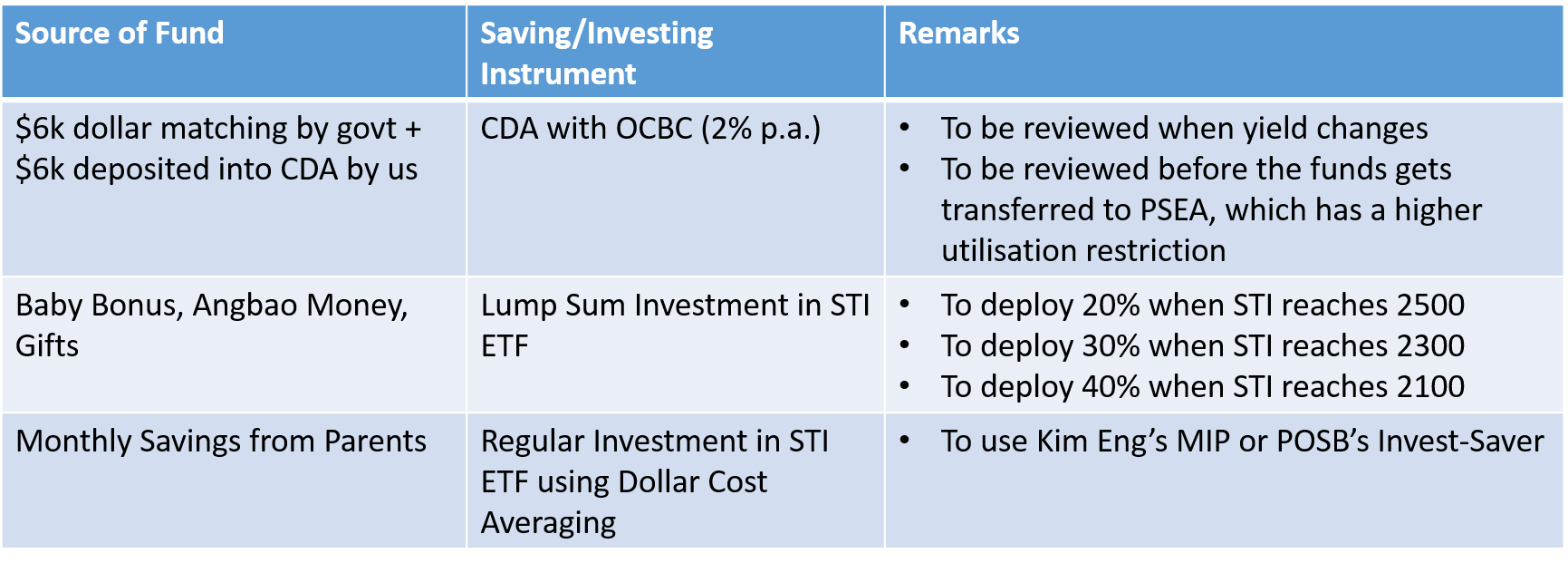Do you know that there are two different CPF LIFE Plans that you can choose from - LIFE Standard Plan and LIFE Basic Plan? The former gives you a higher monthly payout but a lower bequest for your beneficiaries, while the latter gives you a lower monthly payout but leaves more behind for your loved ones. Below is an illustration taken from CPF website:
 |
| Figure 1: LIFE Standard Plan gives you higher monthly payouts, but leaves behind lower amount of bequests for your beneficiaries. The opposite is true for LIFE Basic Plan. |
While the illustration is factually correct, it leaves out tremendous amount of information essential for decision-making. There are many more considerations than just the monthly payout and the size of the bequest. Even if these are the only two factors, we still need to get a better sensing of the relevant figures to make more informed decisions.
This Straits Times article published on the 23 Aug 15 provided some useless (yes, this is not a typo) figures for comparison of the two plans [link]. It's useless because of one important change - members only need to choose their LIFE Plan when they wish to start their monthly payout. This change applies to CPF members who turned 55 on or after 1 Jul 15.
 |
| Figure 2: Screenshot of the Straits Times article on the comparison of the two CPF LIFE Plans available. |
The article was published after the change. The author also acknowledged this change in the beginning of the article, so he/she must be aware of it already. However, this is where the major discrepancy is: the author did not factor this change into his/her subsequent analyses.
As enclosed within the purple box in Figure 2 above, the figures in the article are supposed to illustrate the monthly payout and bequest for a male who turned 55 on July 1. However, on closer look, the figures totally ignore the change mentioned earlier! For a male who turned 55 on July 1, 2015, he only needs to make his choice when he wishes to start his monthly pay-out, which is when he turns 65 at the very earliest. This means that between 55 and 65, the money will stay in his Retirement Account (RA) to earn interest. The major giveaway is at age 65. If the member is to pass on at 65, just before he starts receiving his monthly payout, the bequest amount should be the same for both plans because the money in his RA has not yet been (or just been) used to pay for the CPF LIFE premium. This is clearly not the case for the illustration used by Straits Times. I think the author must have used the figure for someone who turned 55 before 1 Jul 2015. For this group of people, they have to make a choice at 55, which is also when the first deduction up to the Basic Retirement Sum of $80,500 is made. Figure 3 below explains this. The scenario provided by the Straits Times article is clearly not for those who turned 55 on 1 July 15.
 |
| Figure 3: Deductions of premiums for CPF LIFE Standard Plan for members who turn 55 before 1 Jul 2015. |
For this group of people who turned 55 before 1 Jul 15, the interest earned on the money used to pay for the CPF LIFE premiums will not be refunded upon the death of the member. This means that the first deduction of up to $80,500 at age 55 will not earn "refundable" interest for the next ten years. This explains the lower bequest amount at 65 for the LIFE Standard Plan.
I am appalled by this piece of misinformation by our news publisher. With such a large reader base, such mistake can cause many readers to make the wrong choice. I almost gave the wrong advice to my dad! Luckily, I didn't take the numbers presented at face value, and went on to read up more on CPF website.
I urge all of you who have vested interest in the CPF LIFE to read up more on CPF websites to further your understanding, instead of relying solely on news publications. If Straits Times can make such a mistake, CPF can too, but we will have a stronger case to fight for justice if the mistake is made by the latter.
For those turning 55 on or after 1 July 2015, Figure 4 below tells you how the premiums are being paid instead. This is taken from the CPF website.
 |
| Figure 4: Screenshot from CPF website showing the difference in premium payments for the two different CPF LIFE Plans. |
I first started out with this post hoping to do some analyses on the figures provided by the Straits Times. Now that we know they are not relevant anymore, I will have to try and derive some figures myself. I am quite sure I don't have all the information to calculate the figures accurately, but I hope to be able to make some guesstimates.
That will have to be in the next post.
Meanwhile, I hope this post helps you to avoid making a false decision because of the misinformation provided by the Straits Times.
















